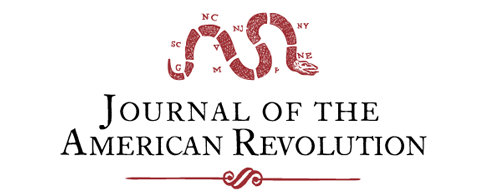The Deadliest Seconds of the War
On March 7, 1778, one of the deadliest naval battles of the Revolutionary War occurred off the coast of Barbados between the British ship Yarmouth and an American squadron led by the Continental frigate Randolph. The five-ship American contingent which sailed from Charlestown, South Carolina, led by Capt. Nicholas Biddle, was the largest joint Continental […]
